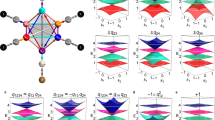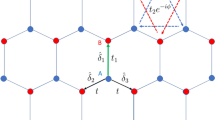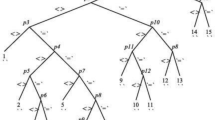Abstract
This method of approach to the quaternion vector analysis is practically that adopted by Prof. Joly in his “Manual of Quaternions.” The method is unsatisfactory, because it makes too great a demand at the outset upon the learner's faith. Why should She be put equal to —abcosθ? The answer is, of course, because that is the simplest way of getting a vector algebra applicable to Euclidean space, and at the same time associative in its vector products. But the existence of so many varieties of non-associative vector algebra shows how absolutely unimportant this latter consideration is to many who find vector analysis useful. In these varieties not only is there no explicit recognition of a quantity αβ, where α and β are vectors, but there is a perfect hatred of the mere suggestion of it as a quantity worthy of general discussion, except (be it noted) in the particular case in which α is perpendicular to β. Mr. Ray shows, by a simple Cartesian process, how easily we may arrive at the recognition of this product if we start with the geometrical definitions of Hamilton's Vαβ and Sαβ. But the method is unconvincing to the man who prejudges the whole matter by barring out the quantity or symbolic form αβ as being fundamentally foreign to any well-regulated system of vector analysis! If they would not listen to Hamilton, Tail, or Joly, will they listen to any other quaternionist, charm he never so wisely?
This is a preview of subscription content, access via your institution
Access options
Subscribe to this journal
Receive 51 print issues and online access
$199.00 per year
only $3.90 per issue
Buy this article
- Purchase on SpringerLink
- Instant access to full article PDF
Prices may be subject to local taxes which are calculated during checkout
Similar content being viewed by others
Rights and permissions
About this article
Cite this article
K., C. Fundamental Notions in Vector Analysis. Nature 86, 281 (1911). https://doi.org/10.1038/086281a0
Issue date:
DOI: https://doi.org/10.1038/086281a0



